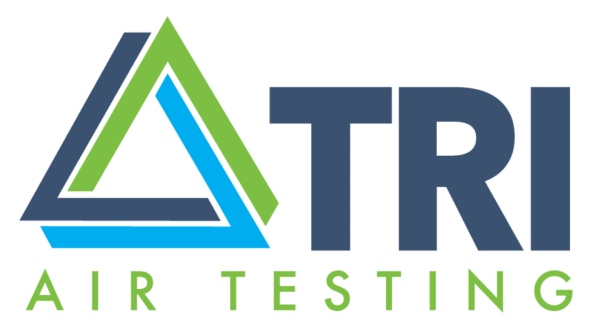Compressed air is essential to the dive industry. San Francisco’s California Academy of Sciences stands as one of the more intriguing stories in the field. The Academy is a non-profit science museum and research organization with a history dating back to 1853. Since the 1950s, when the SCUBA technologies we know today emerged—or is that, submerged?—the Academy has embraced scientific diving.
“We conduct scientific dives in the aquarium, locally on the Central and Northwest coast of California, and in remote locations around the world,” says Elliott Jessup, Diving Safety Officer at the Academy and Appointed Director & Finance Committee Chair for the American Academy of Underwater Sciences (AAUS).
The in-house dives are not insignificant.
The Academy welcomes around 1.3 million visitors per year, and it’s growing with the support of its new and intricately sustainable facility. Designed by Pritzker Prize-winning architect Renzo Piano, the site features a 2.5-acre living roof (part of a 4+ acre roof system) that supports 1.7 million native plants and absorbs more the 3.5 million gallons of rainwater each year. The extensive solar panel network provides more than 5% of the facility’s energy needs. For exhibits and research space, the site houses a four-story rainforest, a state-of-the-art digital planetarium, a natural history museum, and more than 500,000 gallons of aquarium spaces that showcase an extraordinary range of undersea biodiversity.

Tools of the trade: Academy scientific divers used Hollis Closed Circuit Rebreathers to document Point Lobos State Natural Reserve ahead of a planetarium exhibit.
“We have approximately 212,000 gallons in the Philippine coral reef exhibit alone,” says Jessup.
There is no shortage of diving expertise at the Academy. They have three dive officers and roughly 30 other employees who utilize diving as a tool in their research and animal husbandry work. Additionally, about 50 volunteers utilize diving in their activities with the Academy.
On the research side, the Academy continues to advance its utilization of diving for scientific progress. Jessup reports that they are about to embark on a multi-year, major exploration diving program into Mesophotic Coral Ecosystems, aka “the Twilight Zone” (the layer of 200-500 ft. waters in the ocean).
“It’s one of the least-explored areas in the world,” Jessup says.
NO EXCUSE FOR BAD AIR
“We are organizational members of the American Academy of Underwater Sciences,” he says. “We follow the AAUS standards for compressed air operations which means testing on our compressed air every 100 hours or 6 months.”
The Academy actually tends to test its compressed air on a quarterly basis to simplify staying current with its air quality management rather than holding out for 100-hour intervals.
With the safety of diving personnel and the success of research initiatives tied to understanding and verifying the quality of their diving air, Jessup succinctly summarizes the reason to test: “There is no excuse for bad air.”
**
Thank you, Elliott Jessup and California Academy of Sciences for sharing your compressed air story. Visit the Academy’s website (www.calacademy.org) for more information, and follow the scientific diving team’s Facebook page (www.facebook.com/calacademydiving) for dive, education, and exhibit information, including fascinating photographs.
TRI Air Testing, an AIHA-accredited laboratory, is provides independent, third-party compressed air testing support to diving industry. With 24-hour turnaround on most standard tests and secure online access to results, TRI Air Testing’s team provides efficient, expert support to all levels of businesses in the dive profession, from single location, private shops to the US Navy. Whether you are based in the US, Mexico, the Caribbean, or elsewhere, TRI Air Testing is here for you…and has been for more than 38 years.


